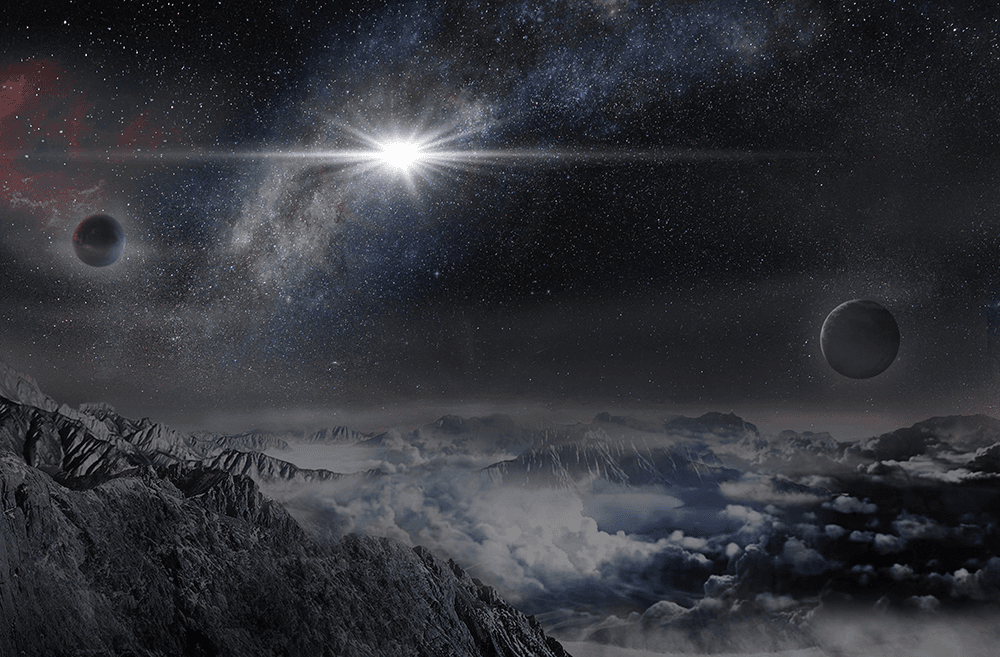Scientists announced this week the observation of a record-breaking explosion of the ASASSN-15lh supernova.
The luminosity of the ASASSN-15lh explosion was 200 times brighter than that of a typical supernova. For comparison, it was 570 billion times the luminosity of the sun, and 20 times the luminosity of the 100 billion stars that comprise the entire Milky Way.
The sheer magnitude of the luminosity has left scientists grasping for explanations, and the ASASSN-15lh was put under the category of “superluminous supernova,” a relatively new label for an extremely rare type of explosion caused by certain stars when they die. A study of the explosion was recently published in Science.
“ASASSN-15lh is the most powerful supernova discovered in human history,” Subo Dong, an astronomer at Peking University, said in a statement. “The explosion’s mechanism and power source remain shrouded in mystery because all known theories meet serious challenges in explaining the immense amount of energy ASASSN-15lh has radiated.”






